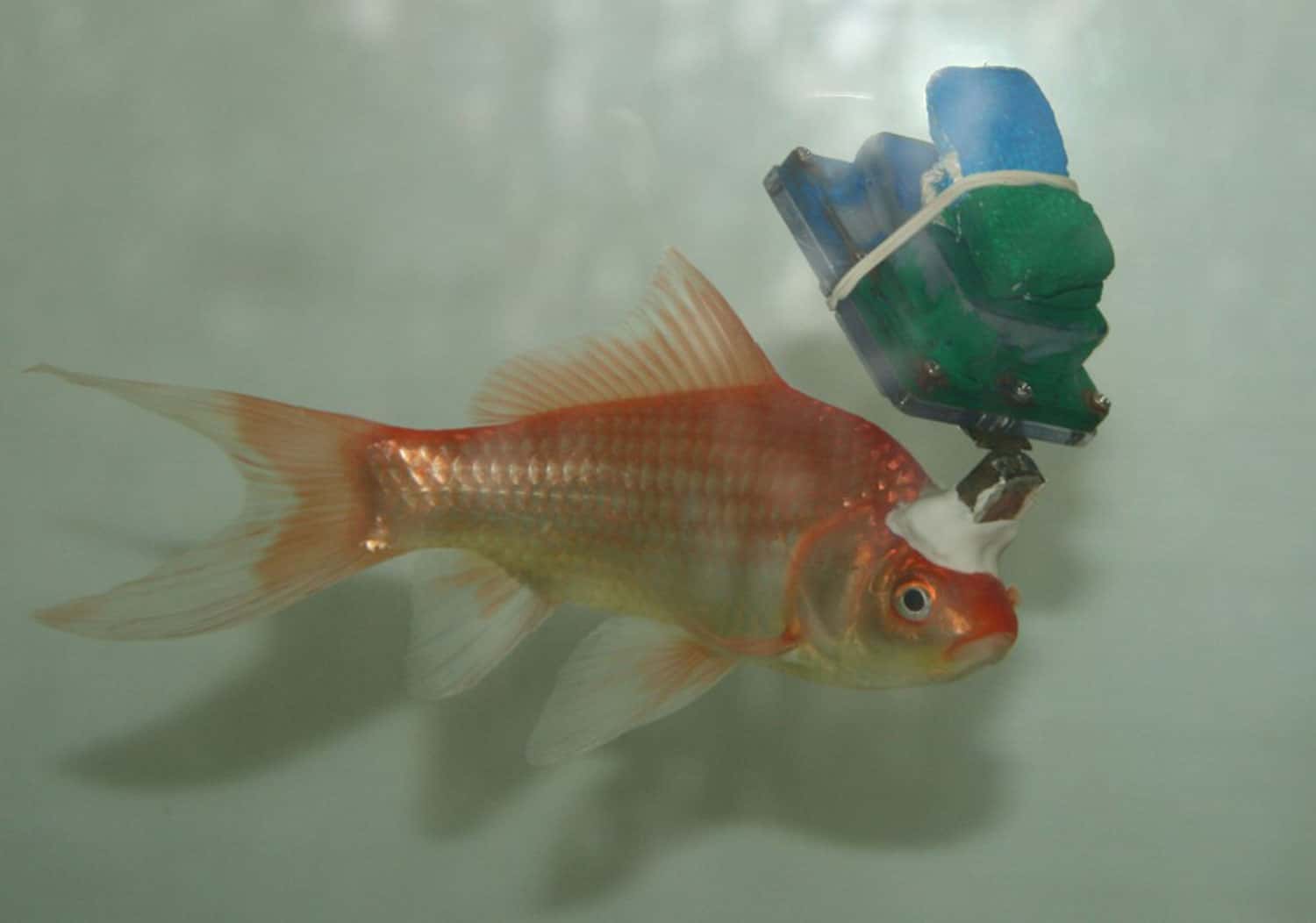These cryptic critters use lack of activity to their advantage.
By Laura Baisas |

Sloths the slowest digestive system of any animal on Earth. It can take the mammals two weeks to digest an entire meal, and they sleep about 20 hours a day to conserve energy. Deposit Photos
As they creep through tropical environments appearing not to have a care in the world, sloths give off some of the chillest vibes in the animal kingdom. This relaxed and elusive nature does make studying sloths a bit difficult, but a study published May 29 in the journal PeerJ Life & Environment is shedding some new light on activity patterns and behaviors adaptations of two sloth species.
[Related:[Related:Sloths aren’t the picky eaters we thought they were.]
The team looked at Bradypus variegatus and Choloepus hoffmannitwo sloth species that live in the lowland rainforests of Costa Rica’s Caribbean coast. Costa Rica is home to six species of sloths, who have the slowest digestive system of any animal on Earth. It can take the mammals two weeks to digest an entire meal, and they sleep about 20 hours a day to conserve energy.
Using micro data loggers, the team continuously monitored the behavior of both three-toed sloths (Bradypus) and two-toed sloths (Choloepus) for periods ranging from days to weeks. These recordings enabled the team to explore how fluctuating environmental influences sloth activity and how that correlates with their uniquely chill and low-energy lifestyle.

Choloepus sloths are cathemeralmeaning that they have irregular variable periods of activity throughout a 24-hour cycle. Cathemeral behavior allows them to take advantage of better environmental conditions while minimizing the risk of predation.
The study also observed a large amount of variability in activity levels between the animals and also within individual sloths. This flexibility suggests that the animals have developed diverse strategies to adapt to their surroundings, which enhances their chances of survival when the environment fluctuates.
The team initially expected that daily temperatureswhich can hit the mid-90s, would influence sloth activity, but their observations did not support that initial hypothesis. However, Bradypus sloths did increase their night time activity on colder nights and the nights that followed colder days. The authors believe that this indicates a potential correlation between sloth behavior and temperature variations.
[Related:[Related:Our bravest ancestors may have hunted giant sloths.]
While this study adds more understanding to sloth ecology, it also highlights the importance of preserving and protecting tropical rainforests and their unique inhabitants. According to Global Forest WatchCosta Rica lost about 2.4 percent of its forest cover between 2000 and 2020, but the country has gained international recognition for its efforts to mitigate climate change and promote animal welfare.
“Understanding the drivers of sloth activity and their ability to withstand environmental fluctuations is of growing importance for the development of effective conservation measures, particularly when we consider the vulnerability of tropical ecosystems to climate change and the escalating impacts of anthropogenic activities in South and Central America,” the team wrote in the paper.
As these tropical ecosystems become more vulnerable due to human-made climate change, understanding wildlife patterns are crucial for conservation methods. While long-term observational research is a challenge, this study could pave the way for more studies on this cryptic and elusive species.

Note: This article have been indexed to our site. We do not claim legitimacy, ownership or copyright of any of the content above. To see the article at original source Click Here













